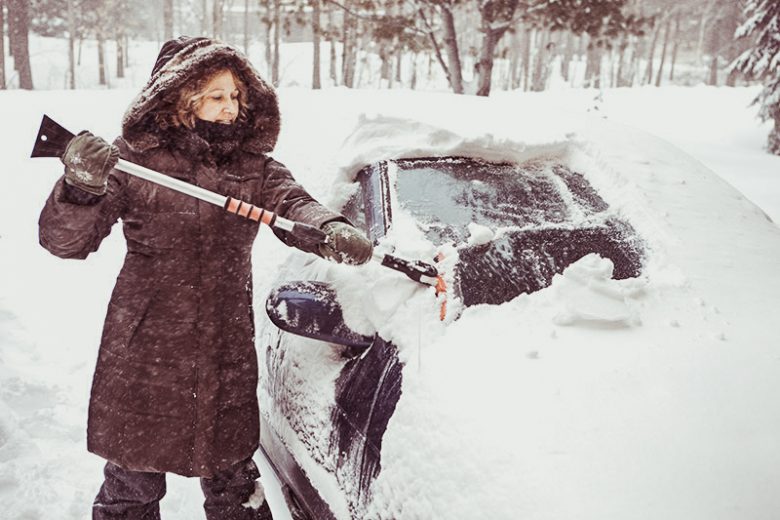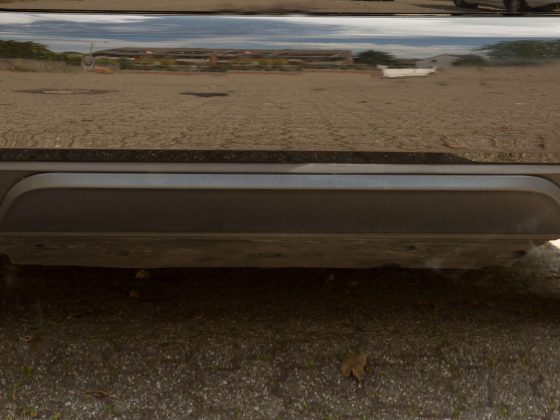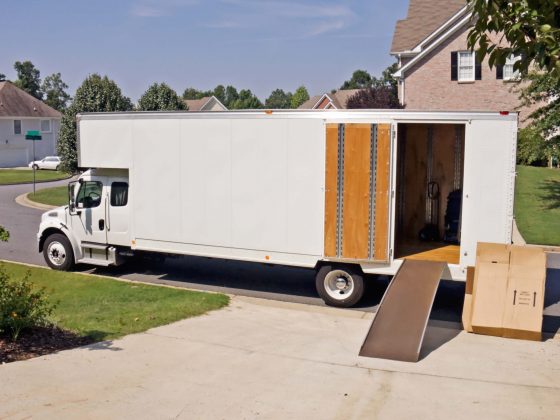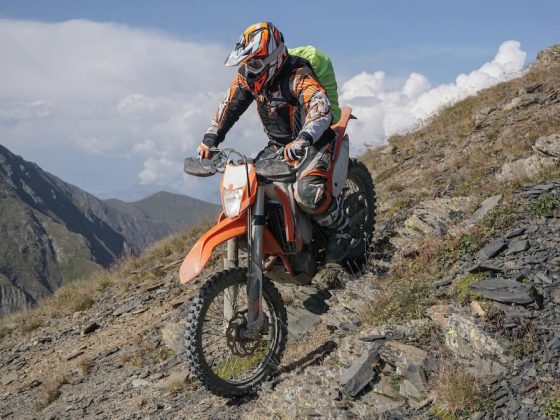Owing to the extreme cold temperatures forecast, experts advise motorists to avoid unexpected dilemmas or even crashes by driving cautiously.
Use eTags© to Quickly Complete Your DMV Service. Renewals, Title Transfers and More, All Online!
Driving in the snow can be tough, but there are always multiple ways to ensure you are staying safe while on the road.
Perhaps we could start by asking to ourselves whether we are prepared for driving in tough conditions, especially in the snow where accidents happen in huge numbers.
Are you prepared for driving in the snow? Remember that any mistake you make could place you in a risky situation.
Here we grouped 5 mistakes motorists often make when driving in roads covered by snow and ice.
Feeling overly confident about your four-wheel drive
There is no doubt that vehicles with four driven wheels are great when driving in snowy and icy conditions.
Yet you shouldn’t take this technology for granted as it could backfire, giving you a false sense of safety.
In fact, a four-wheel drive only provides an additional traction to vehicles in snowy roads, but that addition doesn’t mean you can get away with driving at a higher speed and come to a full stop in seconds just yet.
Four-wheel drive can only help you get through some challenging conditions and that’s all you can expect from performance.
Not getting ready for winter
Some drivers underestimate the impact that driving under lower temperatures has on our safety.
Prior to driving in wintry conditions, you must prepare your vehicle for a general inspection and potential fixings.
To winterize your car, arrange a complete maintenance inspection with your local car mechanic.
Ensure your car has the adequate tires to perform safely, make sure your anti-freezing levels and battery power are up to the standards.
And consult your auto technician for additional recommendations in order to enhance your safety.
How about packing an emergency kit for unexpected incidents while on the road?
Avoid tailgating at all cost
Under challenging conditions, drivers tend to display habits that aren’t very much appreciated, and that includes tailgating.
Driving to closely gives the wrong impression to the affected driver. Are you trying to warn the driver about your presence?
You should keep a prudent distance between you and the other vehicle in front of you. This could help you stay out of danger if the other driver makes a sudden stop.
Keeping a 6-second distance between cars is a good technique to remain safe while driving on wintry conditions.
Slamming on the brakes is not a safe decision
If your vehicle starts to slip, don’t panic nor slam on the brakes. If so, you would be removing traction from your tires, losing control of your driving.
When your vehicle starts skidding, it is better to ease off the accelerator and let the vehicle slow down on its own without adding pressure on the brakes.
There’s always traction on a running tire, which is all you need to steer yourself out of a collision.
If you must use the brakes and your car comes with an anti-lock brake system, press the brake steadily.
But if your vehicle doesn’t have an anti-lock system, you should pump the brakes by pressing on them repeatedly.
When handling snow-covered corners, press the brake steadily as you get closer to the turn. Once you reach the corner, ease off the brakes and use the remaining traction to make it through the turn safely.
Excessive speeding
The worst mistake you could ever make is to speed excessively when driving in snowy roads.
Some motorists assume that once they merge into the highway they are free to drive at their usual speed, which is absolutely wrong.
Note that every second counts, especially when your vehicle starts skidding and you are about to crash.
Speeding excessively reduces the time you have to react at unexpected situations, increasing the likelihood of getting involved in a car crash.
It actually takes 10 times longer to brake on slicky or snowy roads than it does on dry pavement.








